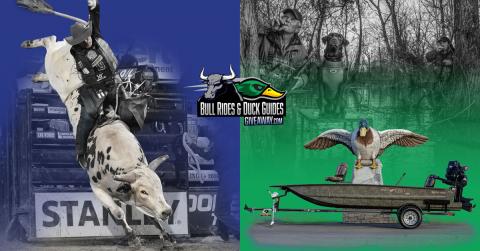South Carolina has always had one of the earliest deer seasons in the nation, most often starting August 15 and running through December. In the past, there’s been no limit on the bucks and the does a person can harvest in a day or a season in southern South Carolina. In northern South Carolina, the deer harvest has been somewhat more restricted. This year the state has made some drastic changes. Mossy Oak ProStaffer Bruce Brock from Seneca, SC, provides some insight into the state’s early deer hunting season.
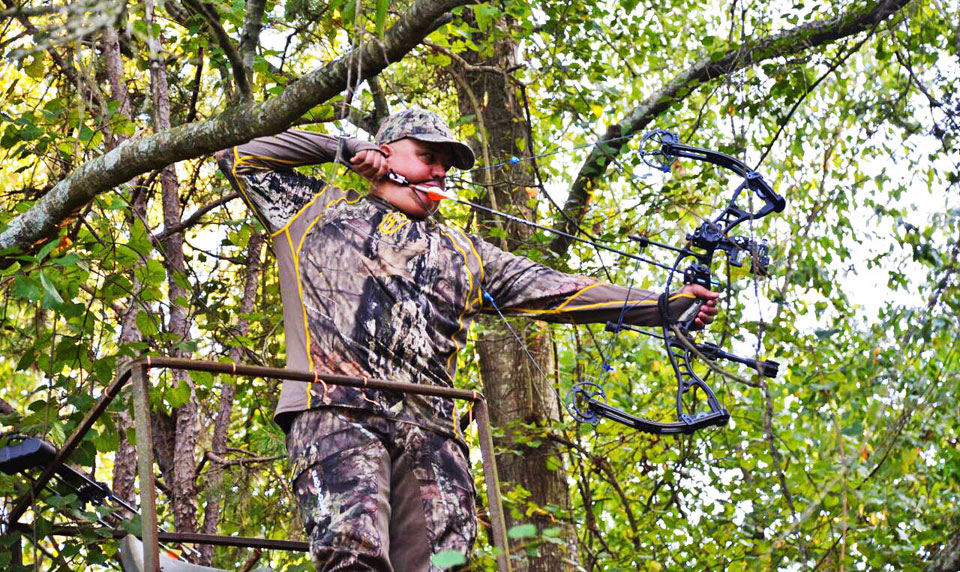
Early Season Deer Hunting in South Carolina
South Carolina is basically divided into two regions, north and south. Although I live in northern South Carolina, I also hunt in southern South Carolina. What’s considered Upper South Carolina goes from Columbia north, and Lower goes from Columbia south. Northern South Carolina’s doe season runs from September 15 – October 1. From October 1 – 11 is the primitive-weapons season when you can bowhunt or use muzzleloaders. South of Columbia, the season opens October 15th for any type of deer hunting: bow, blackpowder muzzleloaders, modern rifles, shotguns and even dog hunting for deer.
Last year South Carolina started using deer tags. When you buy your license you get 3 unrestricted buck tags, 8 date-specific unantlered deer tags, and two other ways you can get additional tags. You can purchase 4 unrestricted antlered deer tags for $5 each, or you can purchase 2 more-restricted buck tags for bucks with 4 points on one side of the rack or at least 12 inches in-between the two main beams. In some areas of the state, where there’s severe crop damage, you can get doe-quota tags.
In the past if you bowhunted in the southern zone throughout deer season, you could take as many does as you wanted because South Carolina didn’t have a tag system like we do now. However, with the tag system, if you pay for additional tags, you can take 12 does and 5 bucks. One of the reasons South Carolina has always had such a liberal bag limit is because the southern section of the state is an agricultural region; and farmers there have had severe crop damage, due to deer. Deer hunting also historically has brought a great deal of revenue to the state because the southern portion of the state starts August 15, and hunters have the opportunity to take bucks in velvet. Because of South Carolina’s liberal bag limit, hunters come from all over the country to harvest our deer. Even today with new restrictions, South Carolina sells numbers of licenses to out-of-state hunters for deer hunting.
Many of the residents of South Carolina don’t harvest nearly as many deer as out-of-state hunters do. For the most part, South Carolina has relatively small deer. If I take four deer in a season, they fill up my freezer. That’s all the deer I need. Another reason that we have such an early season and a long season is because historically we’ve had an early season, a long season and an extremely liberal bag limit. We’re very traditional in South Carolina in that we usually always do what we’ve always done, especially when it comes to our deer season.
Getting Ready for Bow Season
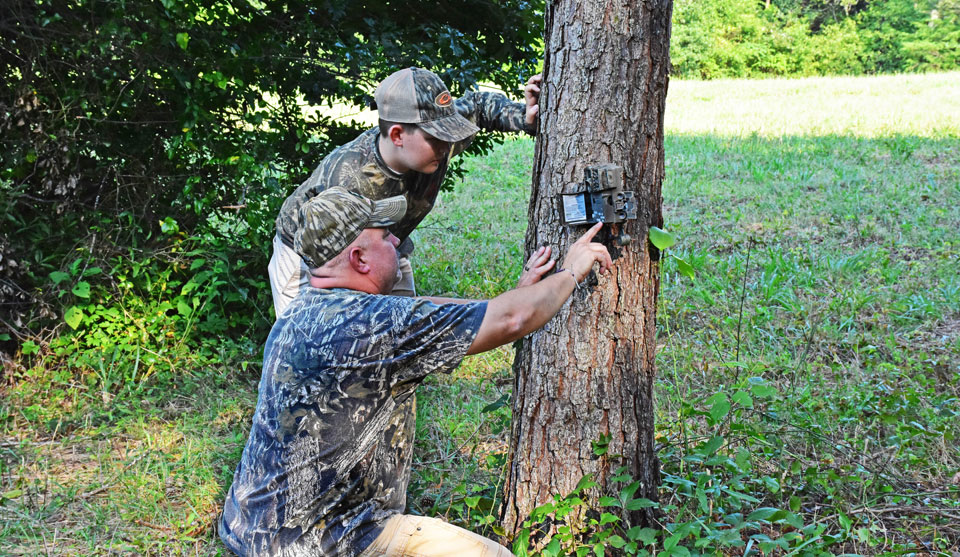
Because our weather in South Carolina is so hot, and we have very few hard, cold winters, one of the most effective tools I use during doe season is putting out mineral rocks. We also plant food plots, we can use feeders, and I start putting out trail cameras and hanging stands. During the early mornings, our temperatures will be in the 60s and 70s, and as the sun comes up, in the 80s and 90s. In the southern part of state on opening day, temps will be in the 90s and possibly in the 100s. So you must have a scent-eliminating suit, like my ScentLok and ScentBlocker suits. You also must know the wind’s direction.
In the early part of the season, I’ll wear shorts and a t-shirt when I go into the woods. When I get out of the truck, I’ll spray down with a scent-eliminating spray like Scent-A-Way and then I put on my long pants and wear a camo t-shirt into my stand. Once I arrive at my stand, I take the camo t-shirt off, take a dry clean camo t-shirt out of a one-gallon Ziploc bag, put the dirty camo t-shirt into the bag, zip it closed and then put on the dry camo t-shirt and spray it down. Next I put on my ScentBlocker suit that I’ve carried to my stand in a Scent-Safe bag, and then I climb into my stand and settle in to hunt until dark. Most of the time I’ll be hunting in mature hardwoods where the canopy almost blocks out the sun. The weather’s so hot that the deer are looking for cool, shady places to hold.
I’m looking at a piece of property to start hunting this year that has sawtooth oaks on it, and the acorns from those sawtooth oaks start dropping in mid-September. For the deer in our area, when the sawtooth acorns start to drop, the sound they make is like the music playing on the popsicle wagon that all the kids can hear. The deer will come running to those sawtooth acorns much like a kid will to the popsicle wagon.
Understanding the Importance of Nuts, Trail Cameras, Feeders and Bucks
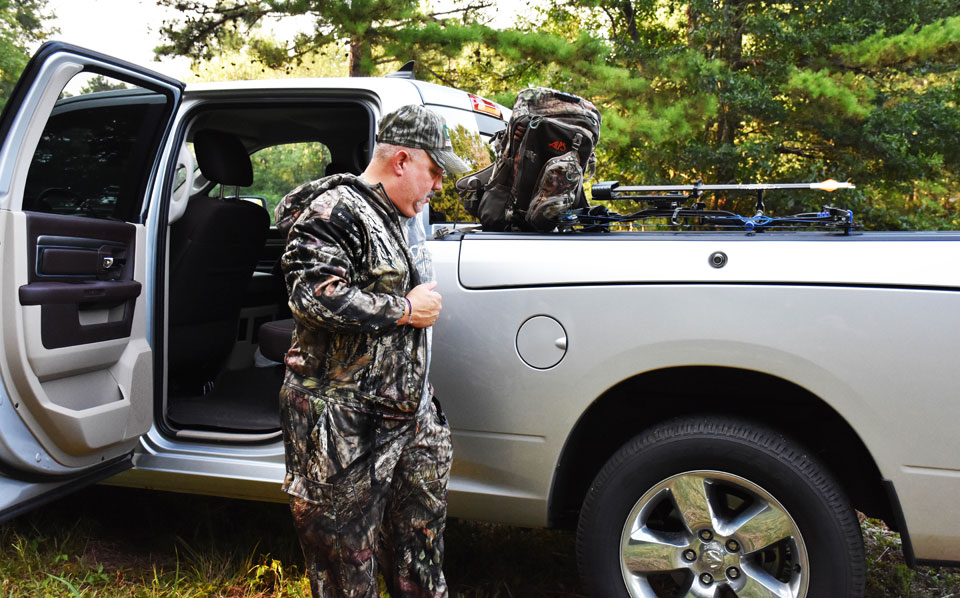
Many sections of South Carolina have very thick foliage. In some of the best spots, you may be able to see only 30-50 yards max, unless you’re hunting on the edge of an agricultural field, a pine plantation or a green field. So far, my mineral licks really have produced well for me in the early part of the season. I put my mineral rocks in the same places every year, and even though the rocks dissolve over time due to rain, the deer keep coming to those spots even when the rocks are gone. Some of the minerals from the rocks drip down into the dirt, and the deer eat the dirt. Feeders are a good way to get a census of your deer herd, if you put a trail camera close to each. During the early part of the season, hunting over feeders can be productive. When the white oak acorns drop, deer tend to leave the feeders and go to those acorns. You can only use feeders on private lands and not public lands.
I usually keep five trail cameras out as we move further into the season. Right now, I only have one trail camera operating in one of my best areas, and so far I’ve gotten pictures of a couple of does and one small buck. As the season cools down, I start putting out more trail cameras. In the lower part of the state, where there’s a lot of agriculture and soybean fields, you’ll see more deer than where I hunt in the mountainous northern section of the state. But up here we have more older-age-class bucks than the southern part of the state. Our mature bucks will weigh 150-160 pounds, and our does 80-100 pounds. Every year there will be some 200-pound bucks taken. My best buck scored 120 inches and had 12 points. I took him with a rifle in 2005. Now I’m trying more to get into bowhunting than I am rifle hunting.
Not far from my home, there’s a huge property that’s owned by Clemson University that’s been well-managed for many years. The only bucks that can be harvested have to have 4 points on one side or be 12 inches between the beams. Right now there are a lot of big bucks being harvested off this property. Members of my archery club have taken bucks from there that scored 120 to 140 inches, which is a really nice-sized buck for our area. So, I plan to spend more time this year hunting that public area than anywhere else.
That property is public-hunting land. I mainly hunt for does to put meat in the freezer. I have a 16-year-old son, Connor, and he’s helping me out on getting meat for our freezer. He likes to rifle hunt. With him helping to put meat in the freezer, I can start hunting better bucks.
I don’t know exactly how many acres Clemson owns. Part of it is Fants Grove Wildlife Management area and another portion is called Keowee Wildlife Management area. Although Clemson owns the property, the state manages the land and the deer there. The only time this land is deer hunted with a rifle is during Youth Hunting Days. Typically these two WMAs open up about the middle of October and stay open until about mid-December. I like these two WMAs not only because they tend to produce big bucks for bowhunters, but when compared to other WMAs, they have very light hunting pressure.
Deer Hunting South Carolina for Out-of-State Hunters
If you’re a bowhunter coming to South Carolina to hunt deer, I’d get a copy of the property that’s owned by Clemson and spend some time in the Fants Grove and Keowee WMAs. Most of the areas you can only get in by walking, riding a bicycle or going in by boat. There is very limited access but also a very good deer population in these two WMAs that are the best areas for possibly taking an older-age-class buck with a bow. If you’re not necessarily hunting older- age-class deer, and you want to see more deer on public lands, then the counties of Abbeville, McCormick and Edgefield areas are where your chances are best.
Public-land hunting in South Carolina, like many public areas of the South, are starting to have fewer hunters, especially bowhunters. More and more hunters are joining hunting clubs and leasing land that they can manage, restrict harvest and have less hunting pressure. For this reason, most of the public lands in South Carolina don’t have as much hunting pressure as in years gone by. You can harvest big deer on public land here, but those big bucks will be few and hard to find.
To join a hunting lease in South Carolina, a hunter probably will pay from $500– $1,000 per year, depending on the size of the lease and the number of hunters on that lease. A friend of mine has joined a hunting club near Laurens, SC, that has five members. The cost is $1300 per member to only bowhunt on several hundred acres. I’ve heard of leases of 200 acres that have 10 members in the hunting club, and each member pays about $200 a year.
The southern part of the state seems to have a big influx of Florida hunters leasing large tracts of land. When I started hunting down there, we could lease land for $5-$10 per acre. Now that same land is leasing for $12-$15 per acre. In the lower part of the state, I’ve heard of lands leasing for $15-$20 per acre. Deer season opens in the deep southern section of South Carolina on August 15. Many of the landowners there have crop-depredation permits, so each individual can take quite a few deer.
I have a couple of friends in the southern zone, and I hunt with them four or five days a year, because I want to have the opportunity to take some of those big swamp deer on that land. Most of that hunting there is rifle hunting, so you must take a little time to scout and find a place where you can get a nice buck close.
I spent several days there last year in a ladder stand in a magnolia tree waiting on a big buck to come by, and he never did. So this year, I’m going to go down and set up a camera that will send pictures to my cell phone to learn what kind of buck I may be able to take.
Taking Low Country Bucks and Fighting Bugs
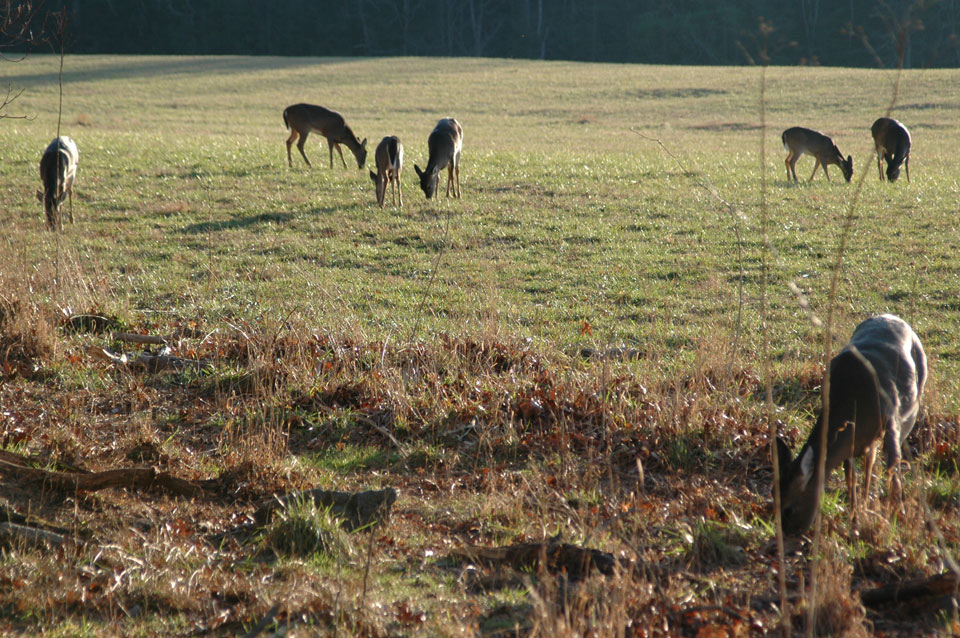
I’ve hunted in South Carolina during the second week of the August season, and if you want to take a buck in the velvet, it’s the best place I know. The weather’s hot, and the region has industrial-strength mosquitoes and plenty of them. However, there are some great places to hunt there.
You’ll find quite a few lodges that provide good food, great places to stay, air conditioning and plenty of deer to hunt. After a long morning or a late afternoon staying in that heat, you’ll really enjoy a comfortable place to sleep and eat. So, I strongly recommend you consider the possibility of researching some of those southern South Carolina hunting lodges, especially if you’ll be hunting in August through the last week of September.
You also may have the opportunity to take feral hogs then. Because of the abundant agriculture and the swamps, there’s usually a bumper crop of feral hogs every season. Landowners are usually very happy to see those feral hogs shot, processed and go home in coolers of hunters. If you’re an avid bowhunter and want an opportunity to hunt in a little bit cooler weather and not have a tremendous amount of hunting pressure, you may want to begin to search now for northern lands in South Carolina. You may want to plan on a day or two for scouting before you start hunting. But there’s one thing for sure - both northern and southern South Carolina have bumper crops of deer and one of the earliest white-tailed deer seasons in the Southeast.
When you hunt the Low Country, there’s a lot of swampy land down there. Besides trying to mask your human odor, if you hunt near water you’re more than likely going to have to fight a lot of mosquitoes. If you use mosquito repellant, you really have to be conscious of the wind. If the wind changes direction or starts swirling, more than likely you won’t see any deer.
Typically I go to the southern part of the state in the month of November, and not only is it still hot down there that month, but there’s still plenty of mosquitoes. So, my new best friend, when I’m hunting southern South Carolina, is Thermacell. With Thermacell insect repellant, I can still bowhunt and not be bothered by mosquitoes. I’ll still wear my ScentLok or ScentBlocker suits to minimize the amount of human odor I’m putting out. When I hunt around home in the northern section of South Carolina, I rarely if ever use my Thermacell. We just don’t have as many mosquitoes as southern South Carolina does.














